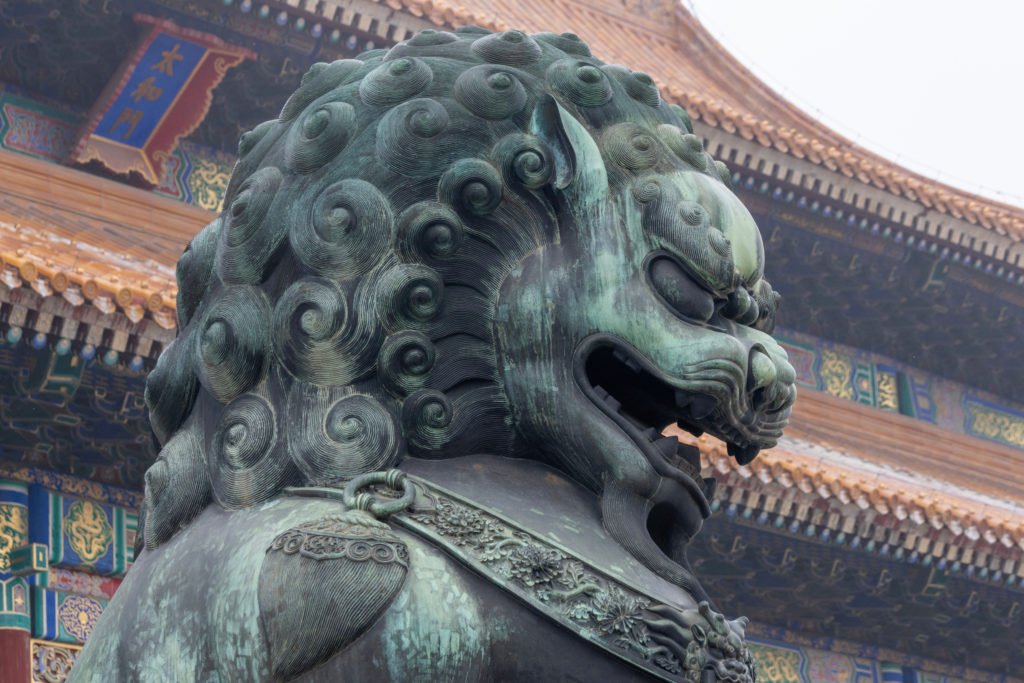Stock image.
Copper demand in leading market China has proved remarkably resilient this year despite headwinds from the US-led trade war and the nation’s property crisis, with buyers taking advantage of price slumps to snap up supplies and market metrics pointing to still-solid conditions.
“The copper market remains in a tight balance, despite macro-economic difficulties,” Xiao Qianjun, vice general manager of trade business at Jiangxi Copper Co., a top smelter, told an industry conference this week. After prices fell recently, “spot orders from fabricators exploded,” Xiao said.
The global copper market — along with other leading industrial commodities — has been in turmoil in the opening months of 2025, with prices plunging briefly toward $8,000 a ton earlier in April. The picture for the metal used in pipes, wiring and batteries is especially complicated as while broad trade tariffs may crimp growth and hurt consumption, the Trump administration has also mooted a levy on imports, draining supplies from elsewhere and aiding US prices.
At the same time, there’s speculation that Beijing may ramp up stimulus to support the world’s second-largest economy and counter the more challenging overseas conditions as US President Donald Trump imposes punishing tariffs, while also holding out the promise of talks and a deal.
Reflecting the tough outlook, banks including Goldman Sachs Group Inc. have pruned forecasts for copper, a metal widely traded as a proxy for global growth. It now sees a surplus, and monthly average low of $8,300 a ton in the third quarter. Futures were last at $9,424 a ton in London.
In China — where conditions typically help to shape prices given the nation’s central role in demand, as well as refined-metal production — buyers’ appetite remains intact, especially when prices have pulled back.
“Demand in spot the market — from surveys of downstream users or apparent consumption — are all very good,” Angela Bi, head of Asian metals and mineral research at Mercuria Energy Group Ltd., said at the conference, held by Shanghai Metals Market in Nanchang, Jiangxi. Indicators “are too good to be true,” Bi added.
Against that backdrop, traders have also been encouraged by local pointers. Inventories monitored by the Shanghai Futures Exchange sank by the most since 2023 earlier this month after prices fell, suggesting a pick-up in demand.
Elsewhere, the Yangshan premium — a gauge of import demand — recently hit the highest since 2023. And local yuan-priced futures are steeply backwardated, a bullish pattern that points to near-term tightness.
Shifts in the scrap market are also in focus given Beijing’s retaliatory levies against US shipments, which threaten to depress flows. In China, supplies of second-hand metal have tightened, curbing feedstock flows to smelters
“Imported copper scrap stockpiles in China have dropped significantly,” said Bi.
Read More: Tongling Metals warns US tariffs to drag short-term copper outlook

